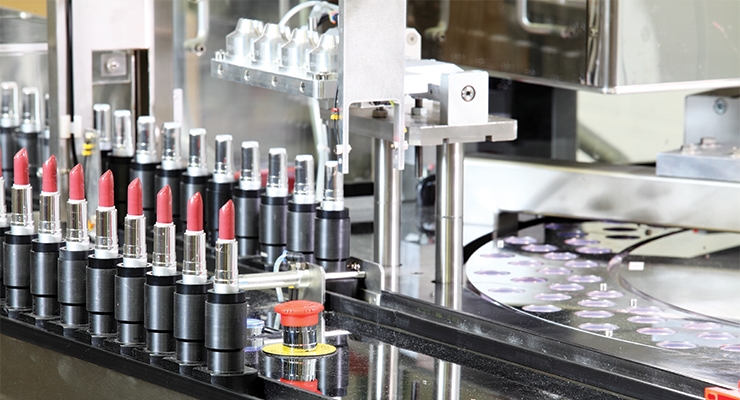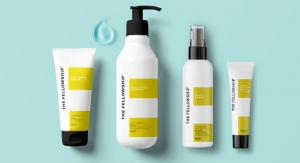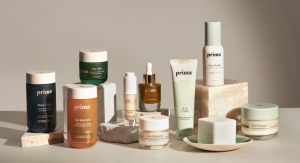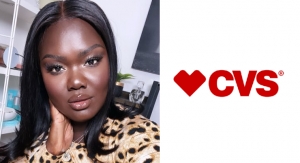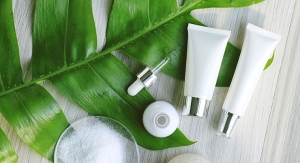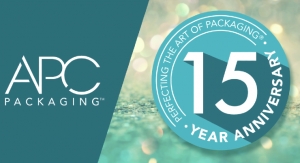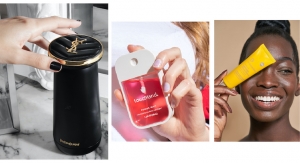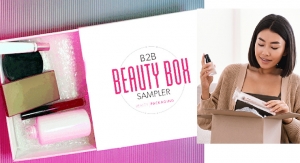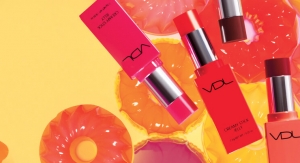Jean-Yves Bourgeois, European Correspondent07.26.18
Who would have imagined just five years ago the many huge changes experienced by the entire global industrial and commercial beauty sector: Previously acquired market positions were literally shattered, be it on the side of major brands or leading distributors in the sector.
The “Internet tidal wave” almost swept everything away. The impact on the upstream industry, i.e., formulation, packaging and accessory manufacturers, was particularly strong and very destabilizing for some of them.
What is the picture like today? Against what future must players brace themselves and how can they play their cards well in such conditions?
One thing is sure, nothing will ever be the same again.
A few hundreds of millions of followers, boosting totally unknown brands to unprecedented sales levels, in a few days—with the promotion of a powder, a gloss or a lipstick—will have been enough to sweep away the deeply rooted marketing certainties and well-oiled sales pitches of traditional distribution circuits. “We didn’t see it coming!” admitted marketing people from a very large U.S. makeup brand.
So, there was no other solution to curb this almost destructive wave than to buy one of these new brands and... to buy it fast! No matter how much money it took.
So many millions of dollars to acquire (and often protect and defend) a market share... Because even innovation was no longer enough... And as a matter of fact, it was often one of the favorite claims of these newcomers. They epitomized “innovation.” Business models also had to be changed.
A Ripple Effect
A new era, and undeniably the “triumph of subcontracting.” Let’s look back a few years.
Fifteen years ago, no major brand worthy of the name would have paid any attention to this industry. Products had to be manufactured on the company’s production lines and with the brand name on them. “Fillers,” as they were called, did not have the high ground, far from it.
It took the arrival of newcomers—often very small brands, and the explosion of digital communication—to see this subcontracting activity take full meaning and really start emerging.
A handful of these contract manufacturers had been the first to feel the tide turning. Their trade was going to evolve dramatically. They would no longer be considered as mere “fillers” but would become full-fledged industrialists creating innovations and offering economic, strategic and logistical solutions. They had tremendous assets to propose. They could rely on, and offer availability, agility, creativity, service, speed... Even the most reluctant of big brands would have to resort to their services.
“Fast to Market,” the new motto was on all lips. The new requirements were: innovate, produce and deliver quickly while offering a full-service offer.
No wonder then that in such circumstances demand exploded in a few months. Yet, beauty subcontractors, who are used to supplying these famous small and medium brands, are today facing a dilemma: Continue to serve this plethora of new brands which are still emerging every day, with some of them maybe becoming real blockbusters in the future, while meeting the growing demand from the biggest historical brands on the defensive, which have no other solution than to resort to these subcontractors.
A growing demand began for larger volumes which also had the effect of prompting these subcontractors to join forces, to buy one another in order to be on a par. As a result, this made it even more complicated, in this new balance of power, for potential new entrants to compete on equal grounds. The bar has been raised so much that it is difficult to see how there could be any new supplier entering the arena. Admittedly, positions are different whether you place yourself on the side of formula manufacturers or on the side of packaging manufacturers and, to a lesser extent, on the side of accessory manufacturers.
Formulas, packaging, accessories... the temptation of doing everything!
What is the best direction to take? For a lot of players in the subcontracting sector, the question still remains. Invest in packaging when you are a formulator, even if you have to produce your own packs or, as a packaging manufacturer, move further upstream and integrate formulation? Opinions are often contradictory and approaches sometimes hesitant.
The fact is the formulation industry is seeing the volume and the value of packs that it has to deal with, grow by the day. Packaging manufacturers often do the splits between favoring or not, commercial relations with formulation manufacturers. Others choose neutrality, and some are more on the offense.
One thing is sure—the notion of full service is not about to stop. It should, in all likelihood, continue to grow strongly.
Even if some people predict a saturation phenomenon, the end of the Internet or the disappearance of followers or bloggers is hard to imagine. And in this event how could tomorrow’s hyper-digitized consumers find their way back to department stores for their purchases.
This subcontracting industry should therefore continue to grow and flourish. Brand owners could—and some say they are seriously thinking about it—shut their production sites down to solely rely on subcontractors for all their activities, even if it means acquiring a stake in their capital.
The fact remains that, with this new balance of powers and to manage to withstand ever-increasing economic and financial pressure, these contract manufacturers who are moving today in a disorganized way, will certainly have to structure and organize themselves in the future, because they have plenty of common subjects and issues to tackle.
To be continued…
About the Author:
Jean-Yves Bourgeois is the principal of JYB Conseils, Paris. He has played a prominent role in the global industrial packaging sector for 40 years, including launching Formes de Luxe; co-creating Luxe Pack, and co-launching five MakeUp In trade shows around the world. He is Beauty Packaging’s European correspondent and also a member of Beauty Packaging’s Board of Advisors.

